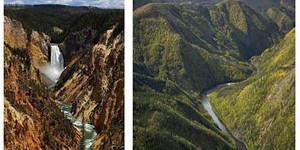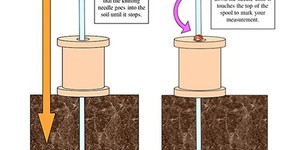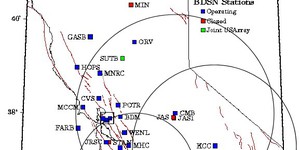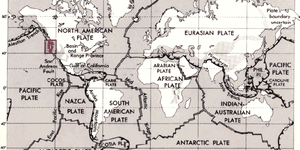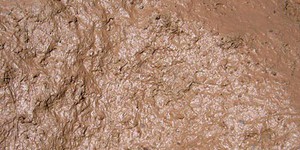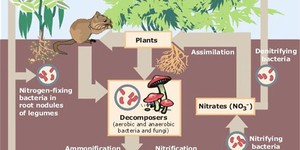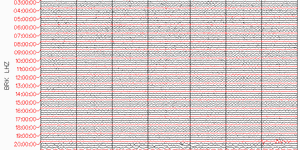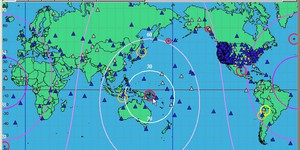Geology Science Projects (43 results)
Geologists study the Earth, trying to understand the forces that gradually shape and change the landscape and ocean floor, as well as forces that make themselves felt more suddenly, like earthquakes and volcanoes. The information geologist discover helps in many ways, from keeping populations safe from disasters like landslides to uncovering important ore deposits like titanium used for surgical equipment.
|
Select a resource
Sort by
|
Have you ever had fun playing with sand and water, observing how little rivers you create carve their way down to the lowest point of the sandbox, backyard or beach? Some meander, others braid, and some carve a path straight down.
Hyrdologists (or scientists who study water) do very much the same thing! Only they set up the model in a particular way, so observing their mini-rivers helps them answer questions about how water flow affects the environment. In this geology science project, you…
Read more
Featured
Have you heard that garlic powder is supposed to inhibit the growth of bacteria? Which do you think would make a better disinfectant: a solution of garlic powder or a solution of bleach? This project shows you a straightforward way to compare the effectiveness of different disinfectants (or other antimicrobial agents), by measuring zones of inhibition on a culture plate.
Read more
Have you ever had to dig a hole in really hard soil? It is a lot of work! In this science project you can make an instrument to test the soil and find out how compacted it is, before you dig!
Read more
Visit the USGS Earthquake Hazards Program to find out about global patterns of earthquake incidents (USGS, 2006). Can mapping earthquakes help identify fault lines? They also have a list of science fair project ideas. Another great resource for earthquake-oriented science fair projects is by Jeffery Barker (Barker, 1994). Build a model to study the forces of an earthquake using sandpaper-covered blocks. What are the forces involved? How are stress and friction in balance along a fault line?…
Read more
When an earthquake happens, how are scientists able to determine the original location of the quake? In this project, you'll use archived data from a network of seismometers to find out for yourself. You'll create your own seismograms from the comfort of your own computer with an easy-to-use webpage interface. Then you'll analyze your seismograms to determine the distance of the quake from each seismometer station. By mapping your analyzed data, you will be able to determine the location of the…
Read more
Often, when we think of something that is solid we think about rocks. But in reality, rocks have tiny holes of air inside them. This is called porosity. In this science project you can find out what it means to be "solid as a rock!"
Read more
The Ring of Fire is a region of volcanic and earthquake activity that surrounds the Pacific Ocean. In this project you can explore the connection between plate tectonics and volcanic activity by mapping historical data.
Read more
Have you ever taken a step onto what appeared to be dry ground, only to find yourself ankle-deep in mud? Yuck! When you walk through damp soil, it can be a very messy experience. How can you tell if soil is wet or dry before you step on it? In this science project, you will investigate whether the color of the soil can help you determine how dry or wet it is.
Read more
Everything on our planet is connected together, linked by a giant recycling system called the biogeochemical cycle. It is an amazing process. You can actually investigate how our planet recycles and reuses everything needed to support life by making a small model of the biosphere. What will be important to include in your miniature system so that it can support different types of life?
Read more
Have you ever wondered how fast a seismic wave from an earthquake travels? In this geology science project you can figure this out using historical seismograph data that you can collect from the comfort of your own computer. You will use a web interface to a network of seismometers run by the Northern California Earthquake Data Center, at the University of California, Berkeley. From the seismograms you make, you will be able to measure the time it took for the seismic waves to travel from the…
Read more
When an earthquake happens, how are scientists able to determine the original location of the quake? In this project, you'll use archived data from a global network of seismometers to find out for yourself. You will make your own seismograms using the Global Earthquake Explorer program, and then use the seismograms to determine the location of earthquake epicenters.
Read more
|
Explore Our Science Videos
Make an LED Lightsaber with a Straw
Balloon car lesson plan
Sweet Earthquake Shake- STEM activity


